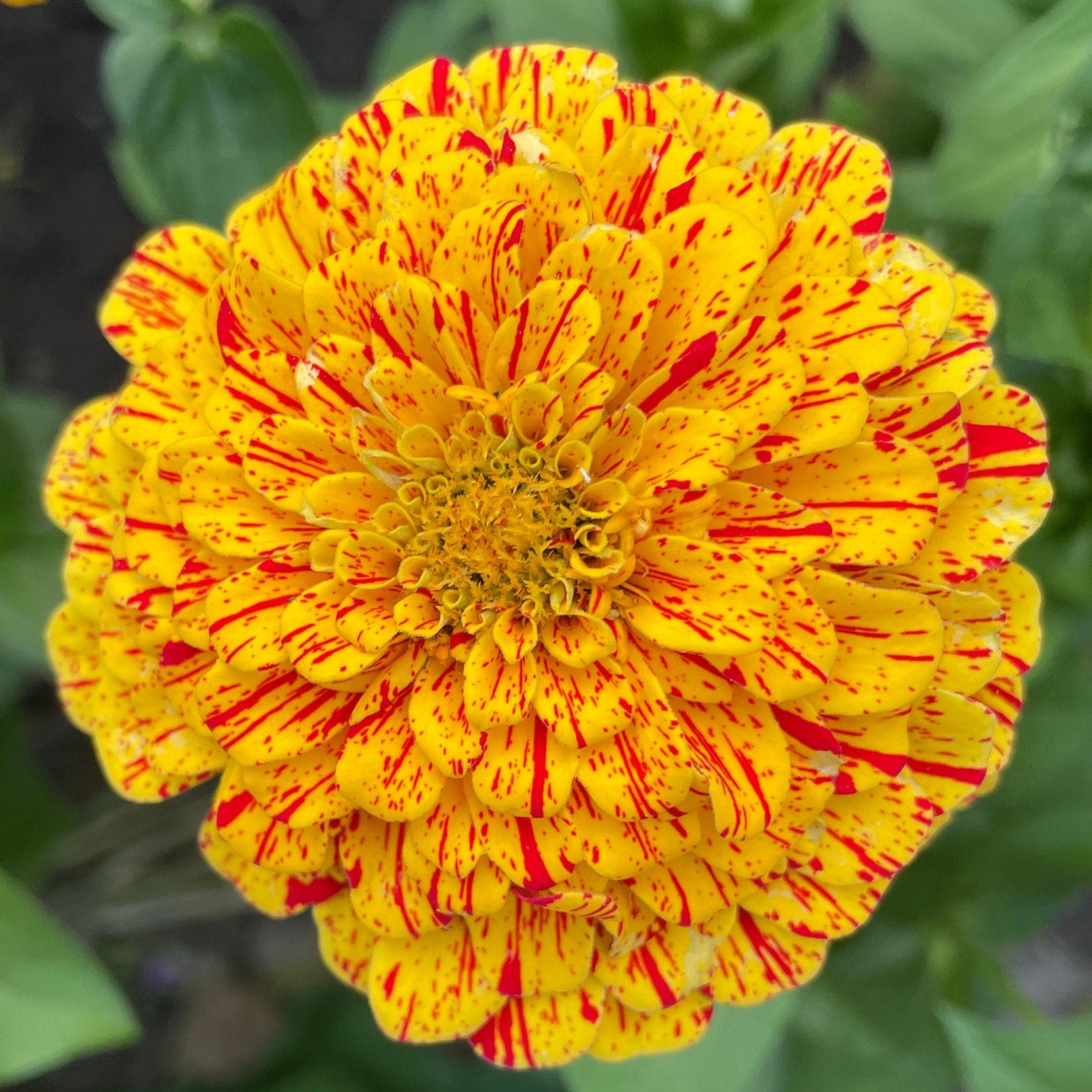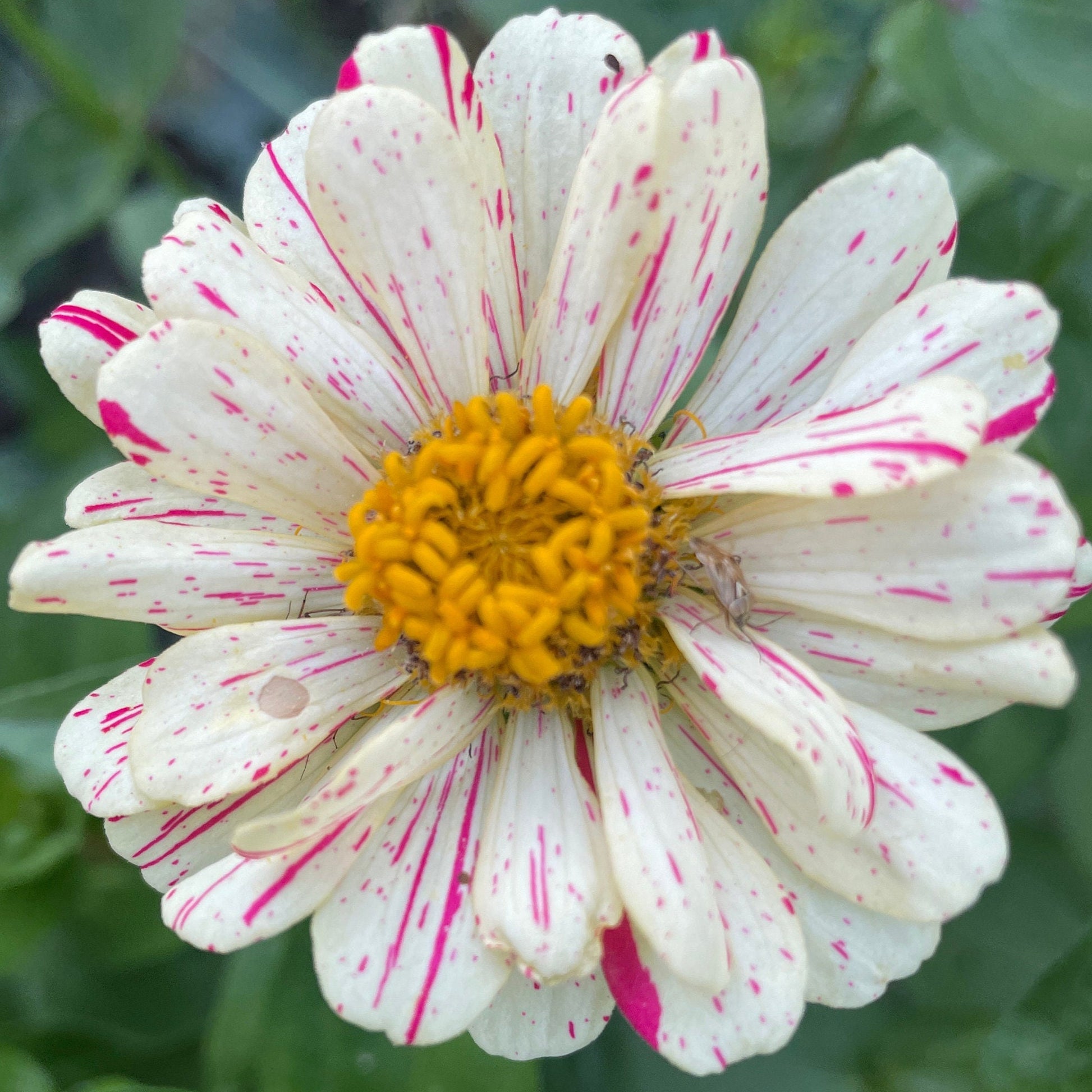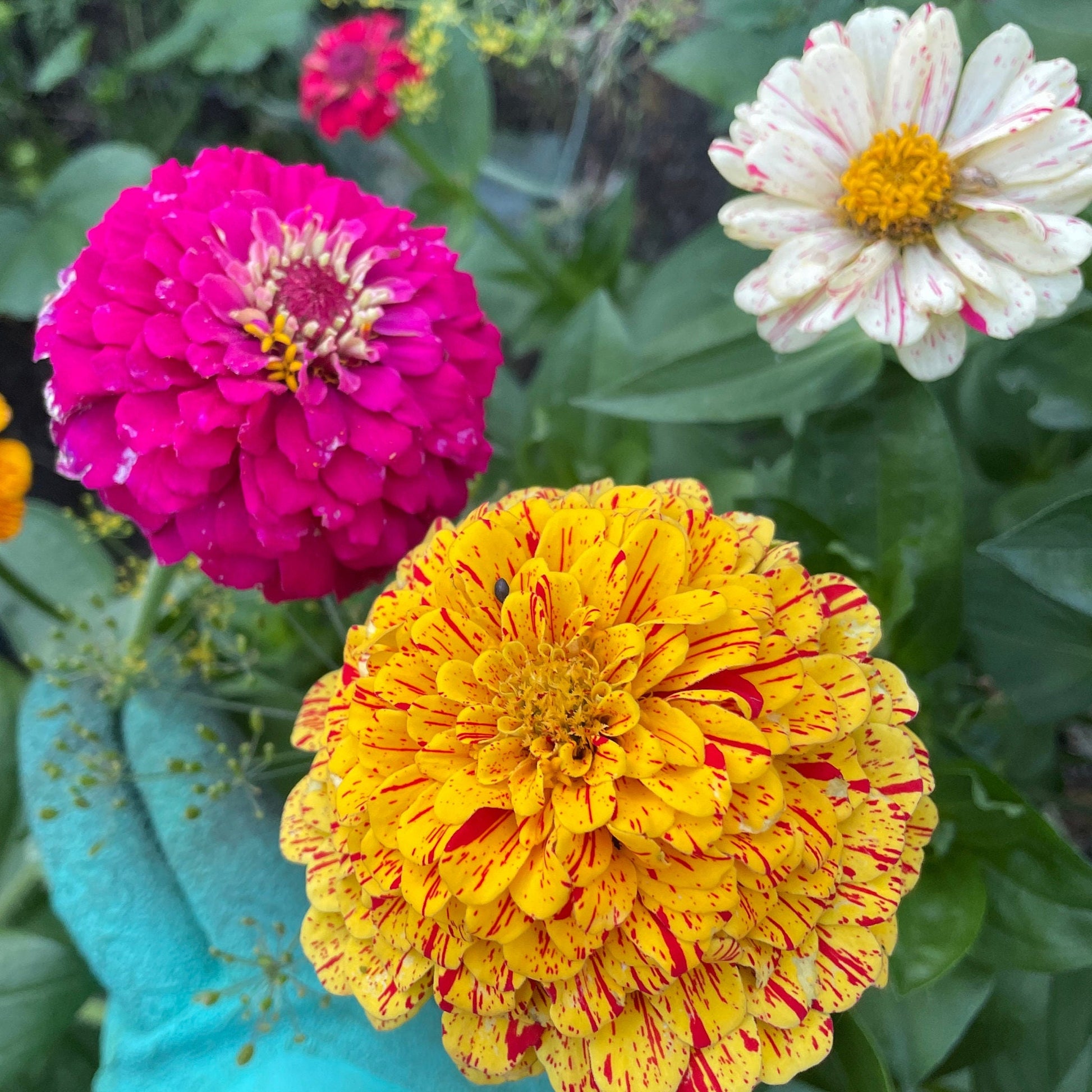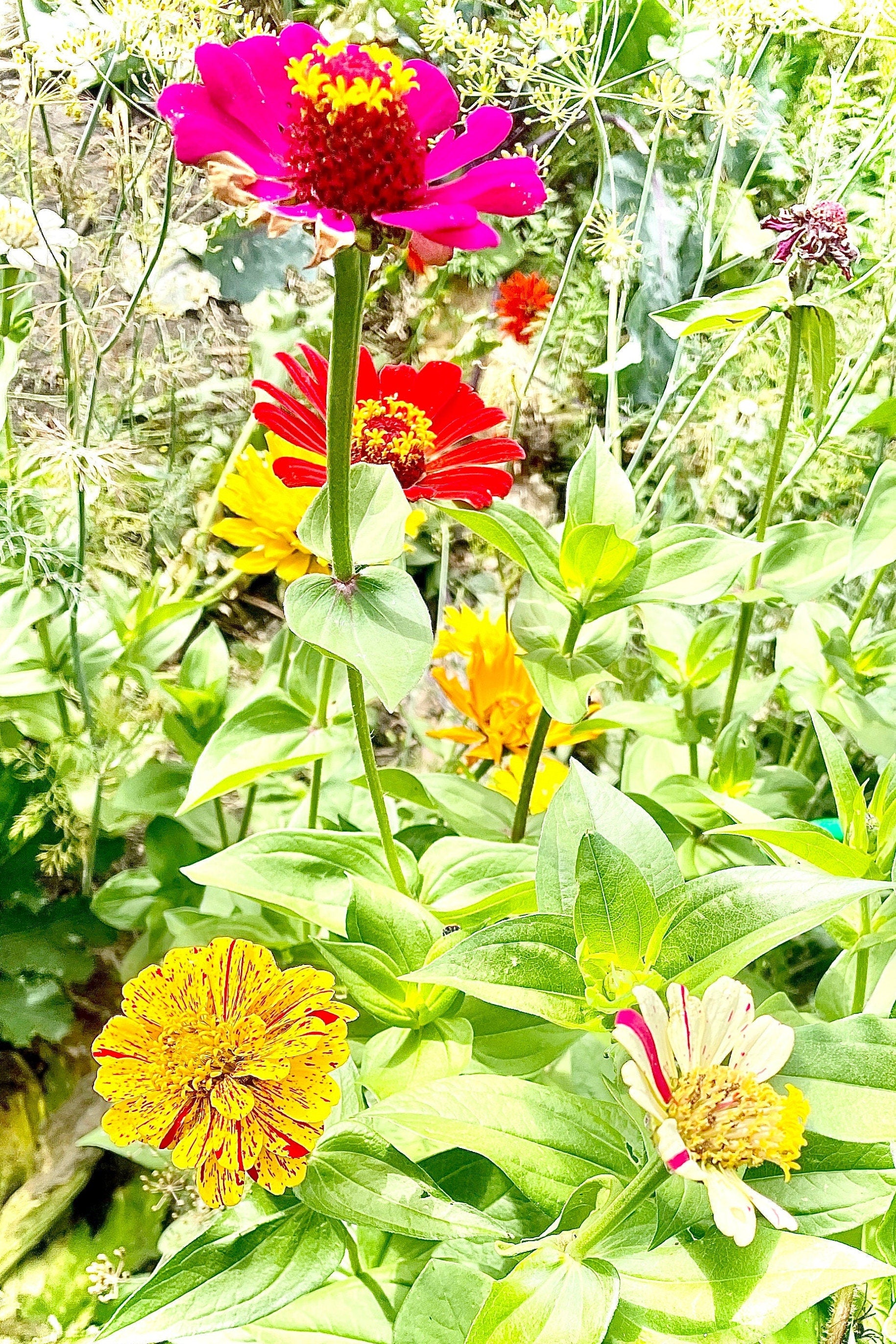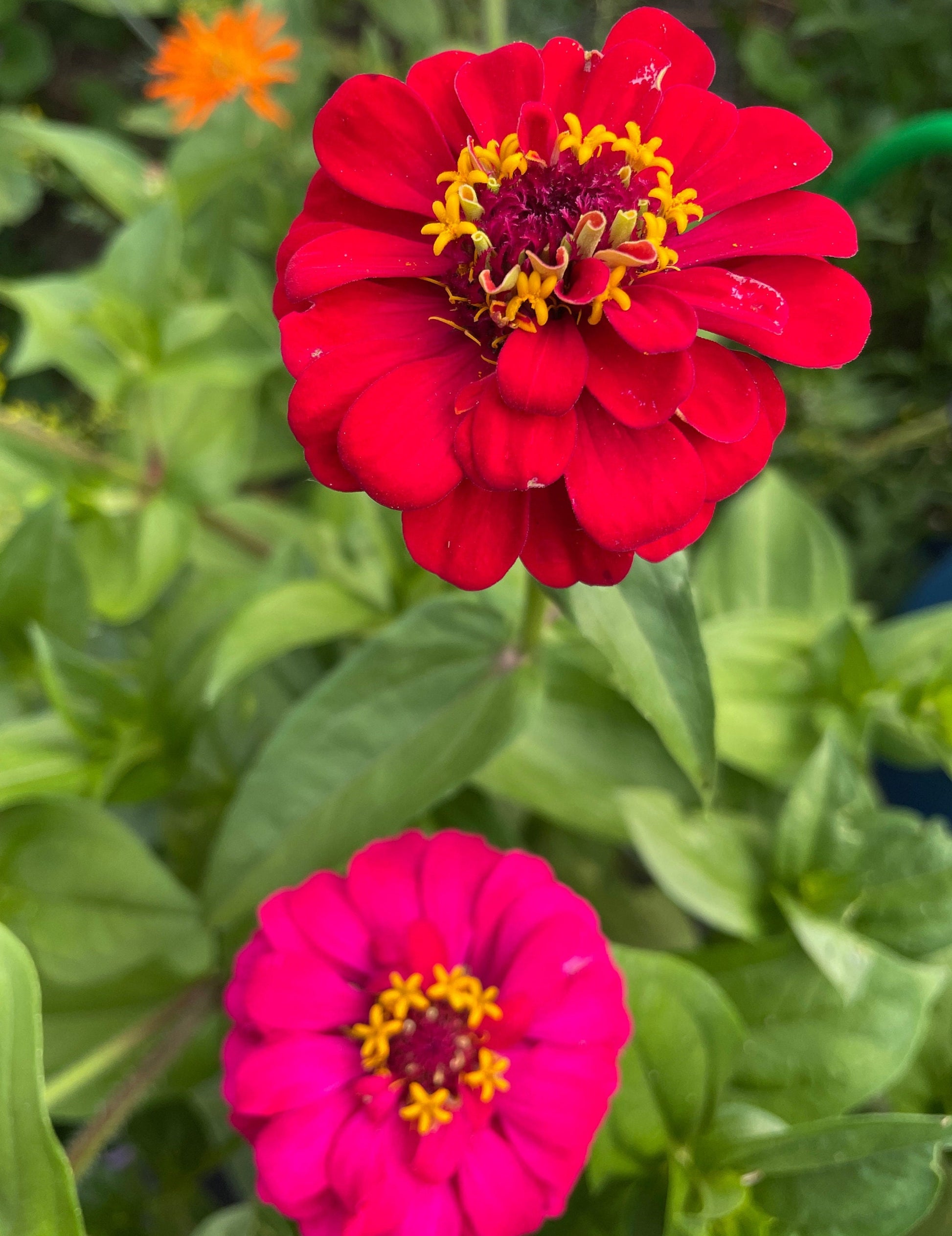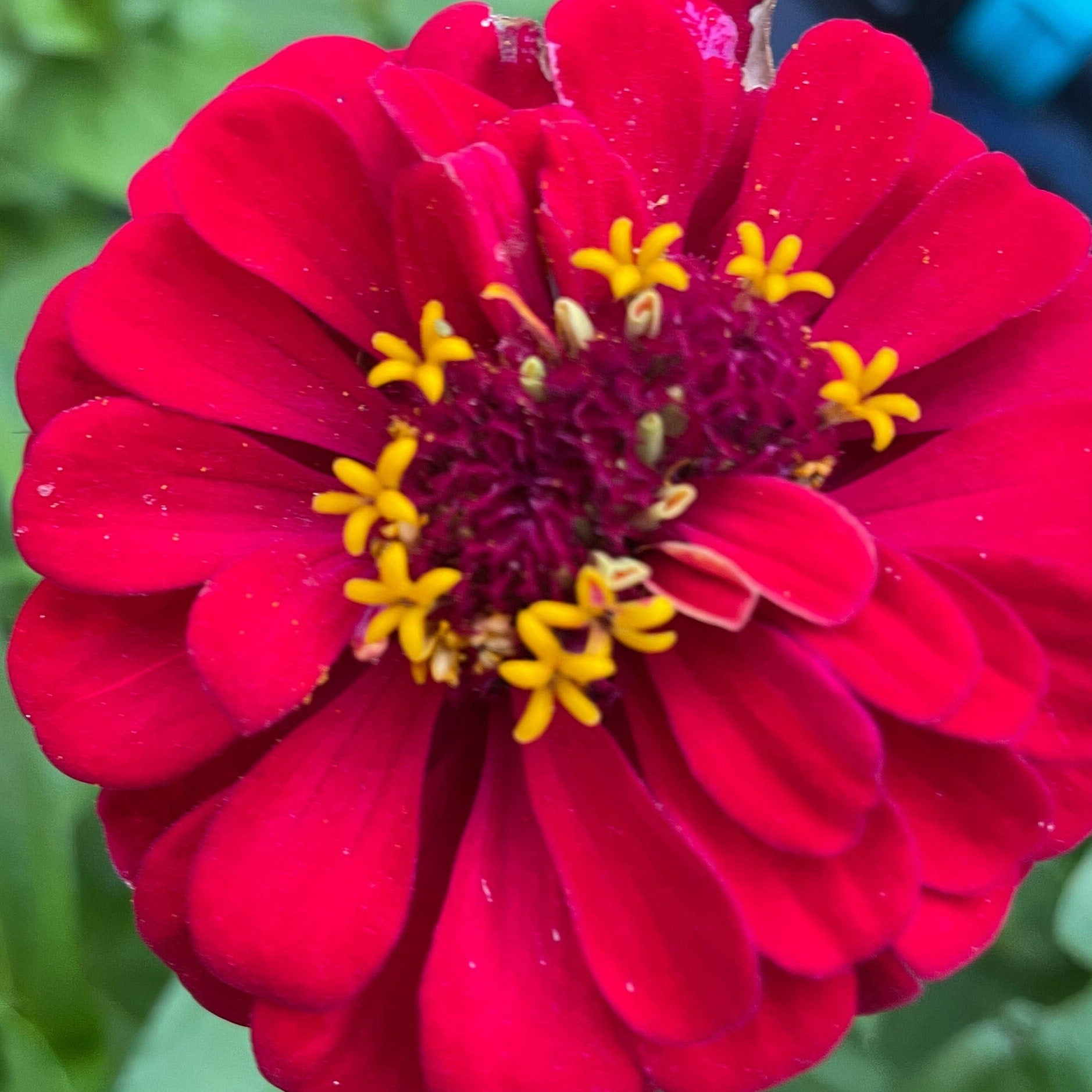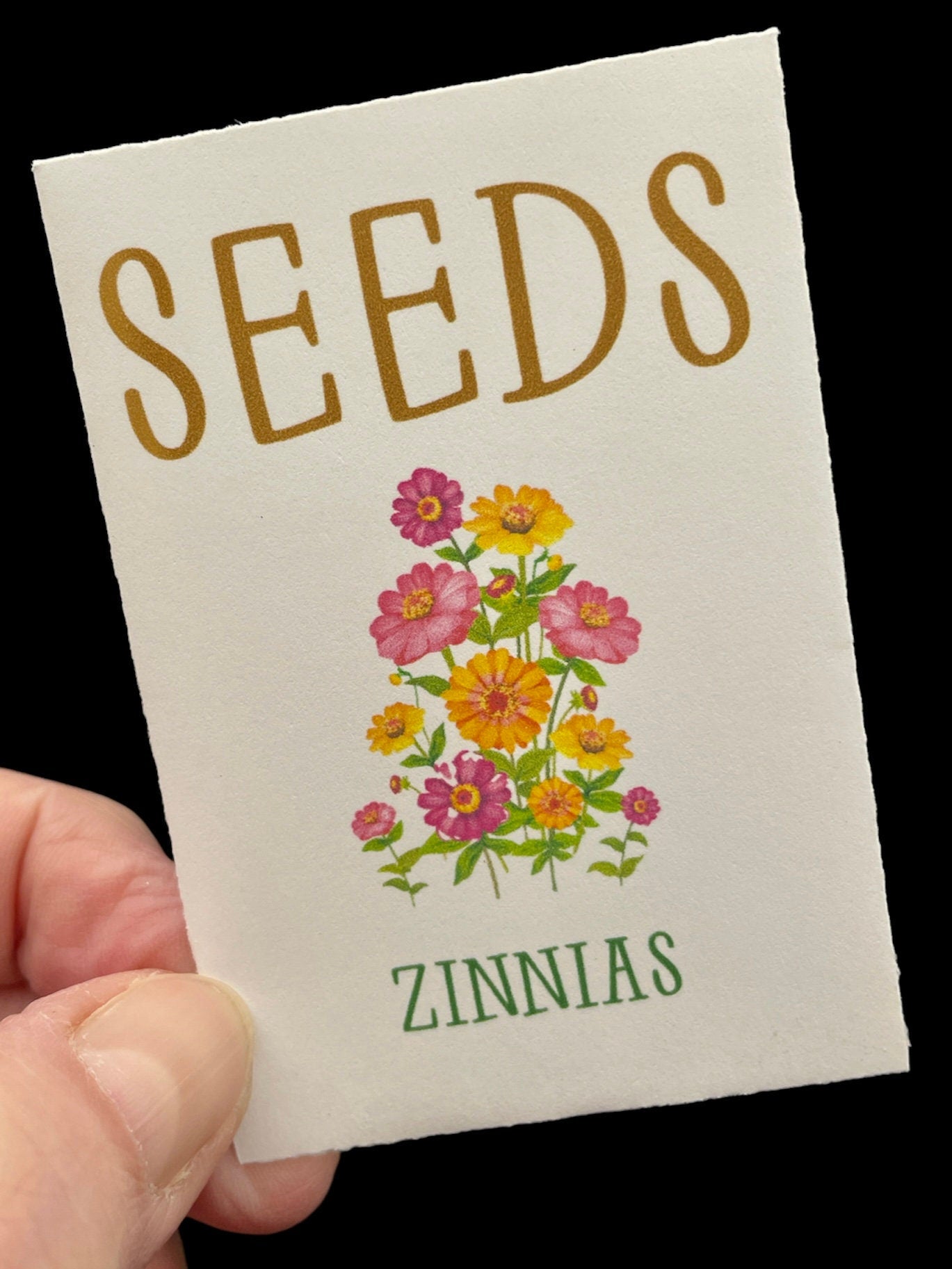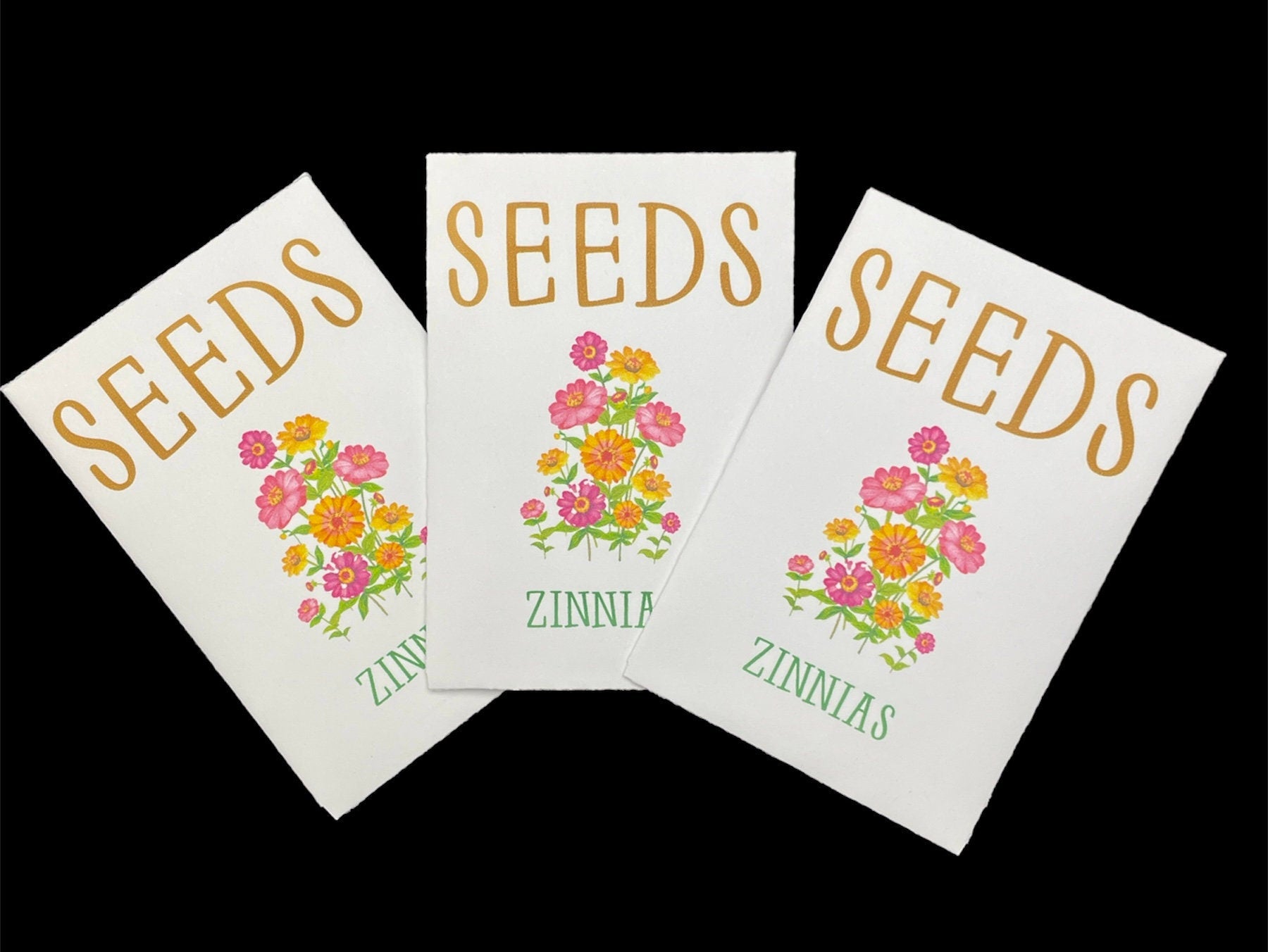Fuschia Designs Shop
Flower Seeds - Zinnia Seeds
Flower Seeds - Zinnia Seeds
Couldn't load pickup availability
Zinnias are one of the easiest flowers to grow, as they grow quickly and bloom heavily. Plus, they’ll produce flowers all the way up to the first hard frost of fall. Zinnia flowers can create a massive burst of color in your garden, so consider trying them this year!
Botanical Name: Zinnia elegans
Plant Type: Flower
Sun Exposure: Full Sun
Soil pH: Neutral to Slightly Alkaline Slightly Acidic to Neutral
Bloom Time: Summer - Fall
Flower Color: Multicolor, Orange, Pink, Purple, Red, White, Yellow
Special Features: Attracts Butterflies
About Zinnias:
Zinnias are annuals, so they’ll grow for one season to produce flowers and seeds, but the original plant will not come back in subsequent years. They have bright, solitary, daisy-like flowerheads on a single, erect stem, which makes them great for use as a cutting flower or as food for butterflies.
Types of Zinnias:
The most popular zinnia species is Zinnia elegans, which has been bred to produce a great number of unique varieties.
There are three main kinds of zinnia flowers: single, semidouble, or double. The distinction between these forms comes from the number of rows of petals and whether or not the center of the flower is visible:
Single-flowered zinnias have a single row of petals and a visible center.
Double-flowered zinnias have numerous rows of petals and their centers are not visible.
Semidouble-flowered zinnias are somewhere in-between, with numerous rows of petals but visible centers.
In addition to these forms, zinnia flowers come in a number of shapes, including “beehive,” “button,” and “cactus.” The plants themselves also come in different heights: taller varieties are best for the background of a garden bed, while shorter varieties work well along a border. There’s really a zinnia for every garden!
Plant zinnias in an annual or mixed border garden. Smaller zinnias are suitable for edging, window boxes, or other containers.
____________________________________________
PLANTING:
Choosing a location that gets full sun (6 to 8 hours of sunlight per day) is essential to getting plentiful blooms throughout the season. Additionally, a site that offers good air circulation will help to prevent foliar diseases such as powdery mildew later in the season.
Zinnias are able to adapt to most soil conditions, but the ideal soil will be rich in organic matter and well-draining. Soil pH should ideally be between 5.5 and 7.5. If soil is amended with compost (humus), the flowers will grow more quickly. Learn more about soil amendments and preparing soil for planting.
When to Plant Zinnias:
It’s recommended that you grow zinnia from seed right in the garden bed, as they do not like to be transplanted. From seed, they will grow very quickly in the right conditions.
Note***
Zinnias can be started from seed indoors if you prefer—just transplant them while they’re young and do so carefully.
Zinnias are sensitive to frost, so do not seed until the last frost has passed in your area. See your local frost dates.
Zinnias will grow in a minimum daytime temperature of about 60°F (16°C), though a range of 74–84°F (23–28°C) is preferred.
Sow a round of seeds every week or so for several weeks to extend the flowering period.
How to Plant Zinnias:
Space plants 4 to 24 inches apart, depending on variety. (Many common varieties are planted 6 inches apart within the row and 2 feet in between rows.) See back of seed packet for variety-specific advice.
Sow zinnia seeds only about 1/4-inch deep.
You’ll see zinnia seedlings in only 4 to 7 days for most varieties, though it will be anywhere from several weeks to a couple months before blooms appear (depending on planting site and climate).
When seedlings reach three inches tall, thin them so that they’re 6 to 18 inches apart to maximize air circulation. This reduces the chance of powdery mildew developing.
____________________________________________
GROWING:
Maintain moderate soil moisture and fertilize lightly to maximize growth and blooms.
After zinnias flower, cut off the old flowers (a process called “deadheading”) to encourage more flowers to form.
Zinnias are annuals and will die with the first hard frost of fall. If you want them to reseed, let the last flowers of the season mature fully and scatter their seeds.
____________________________________________
HARVESTING:
Zinnias generally take 60 to 70 days from seed to flower (though it depends on conditions and variety). They work great in a flower bouquet!
____________________________________________
PESTS/DISEASES:
Bacterial and fungal spots, powdery mildew, and bacterial wilt may affect zinnias. Minimize wetting of foliage and space plants properly to avoid disease.
Caterpillars, mealybugs, and spider mites also cause problems. Some leaf damage is not an issue, so avoid spraying unless there’s a true infestation.
Luckily, zinnias are deer-resistant, so they might help keep nearby flowers from being eaten.
***All of these pictures are taken by me in my backyard. They really are that stunning!
Approximately 20~ seeds/package.
Free shipping in Canada.
Share
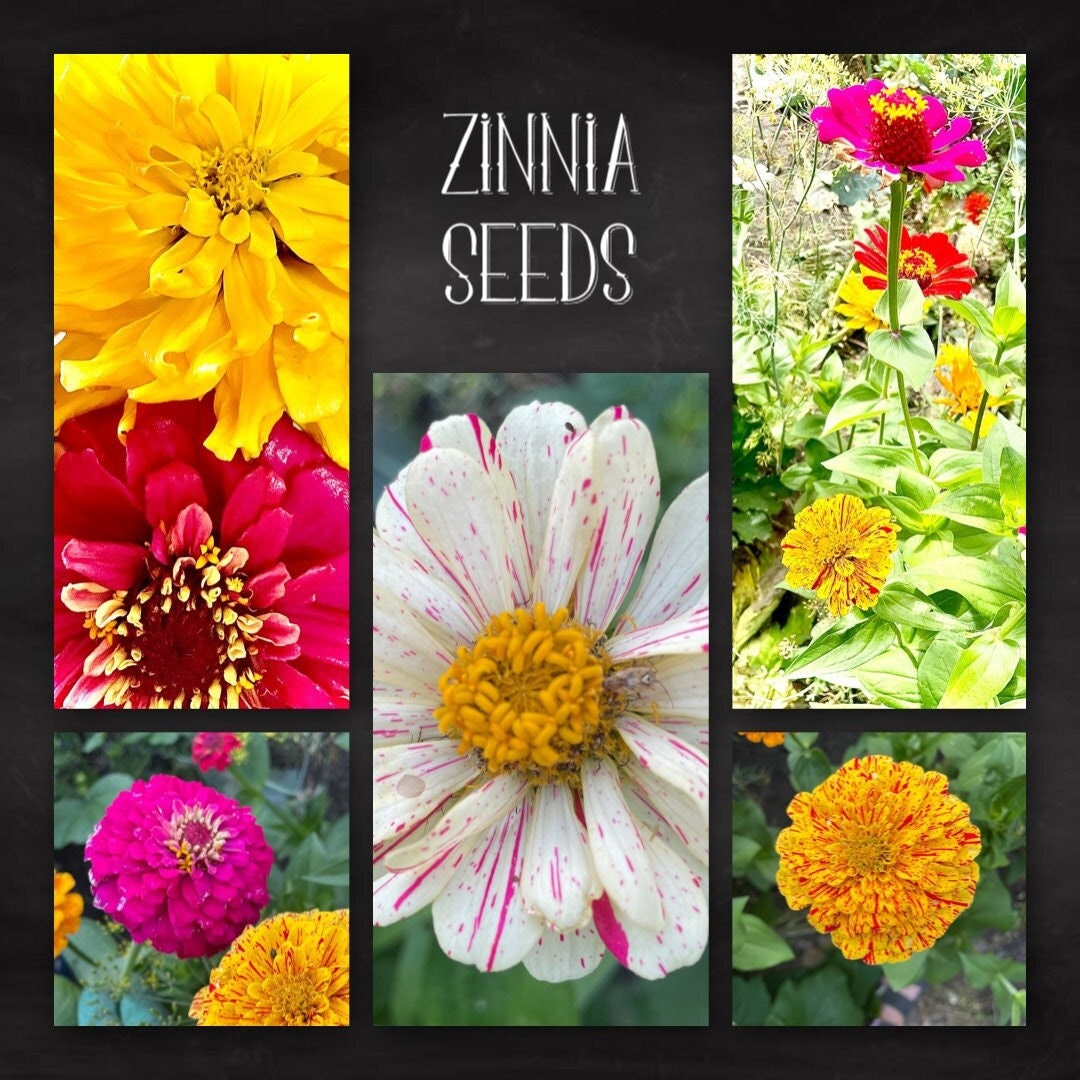
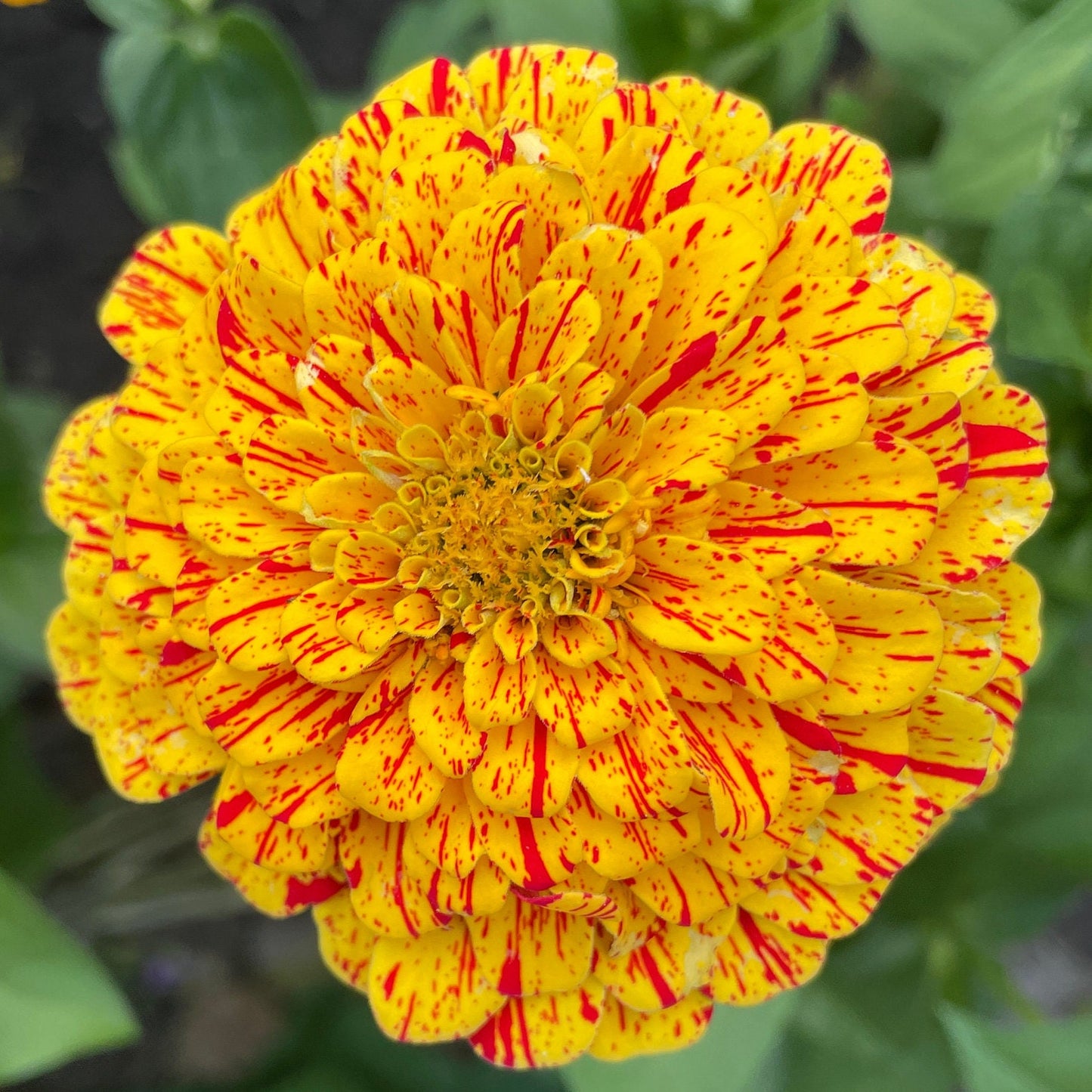
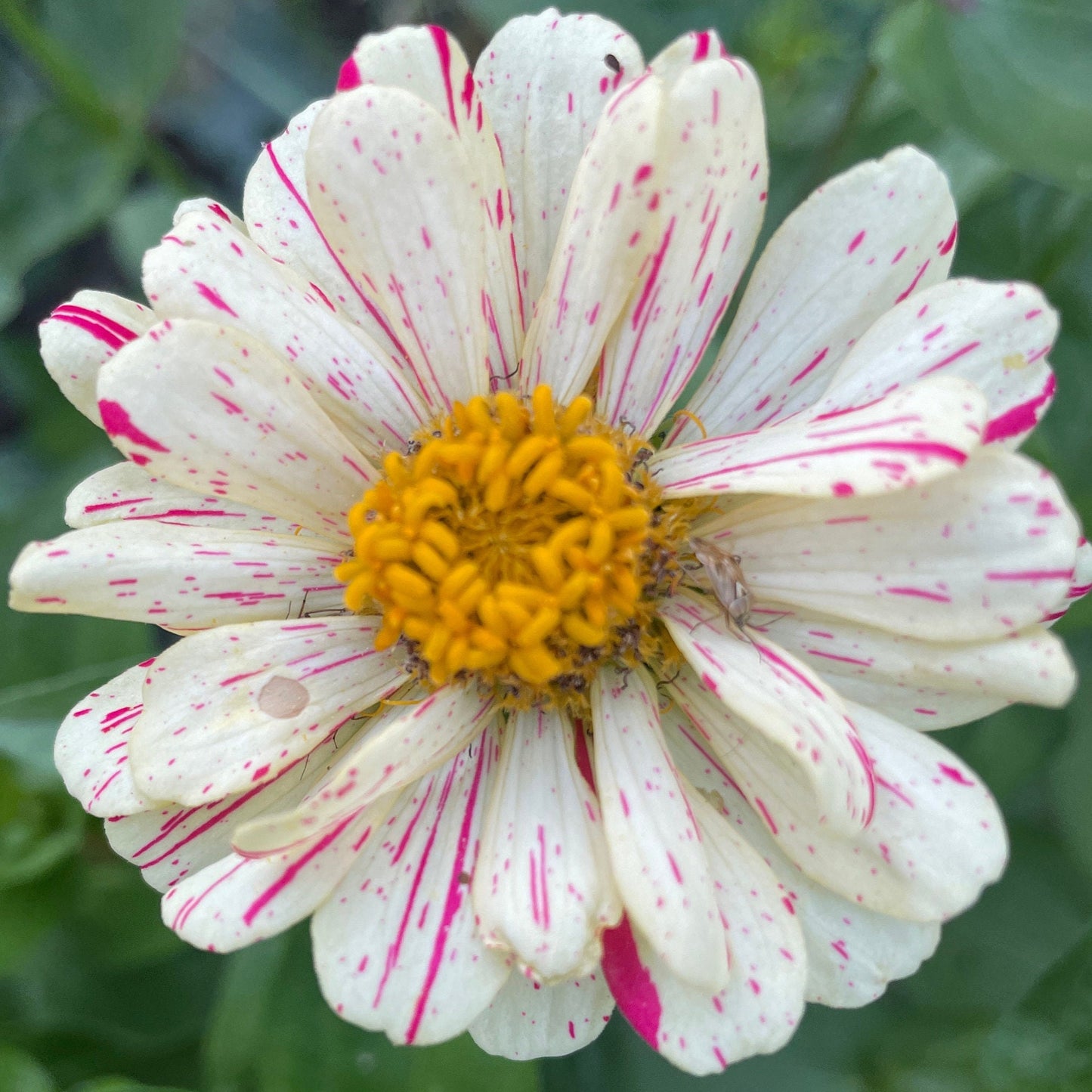


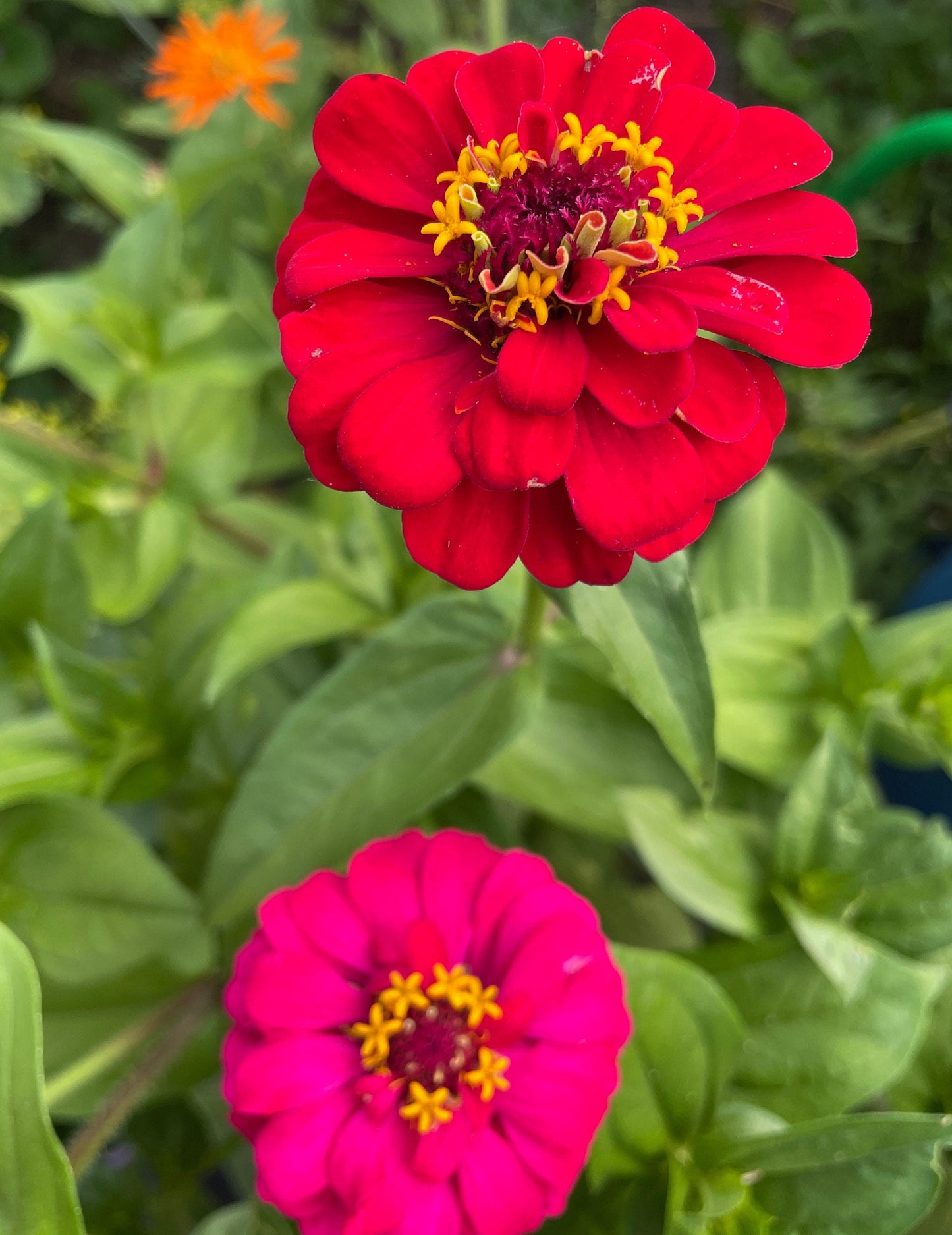
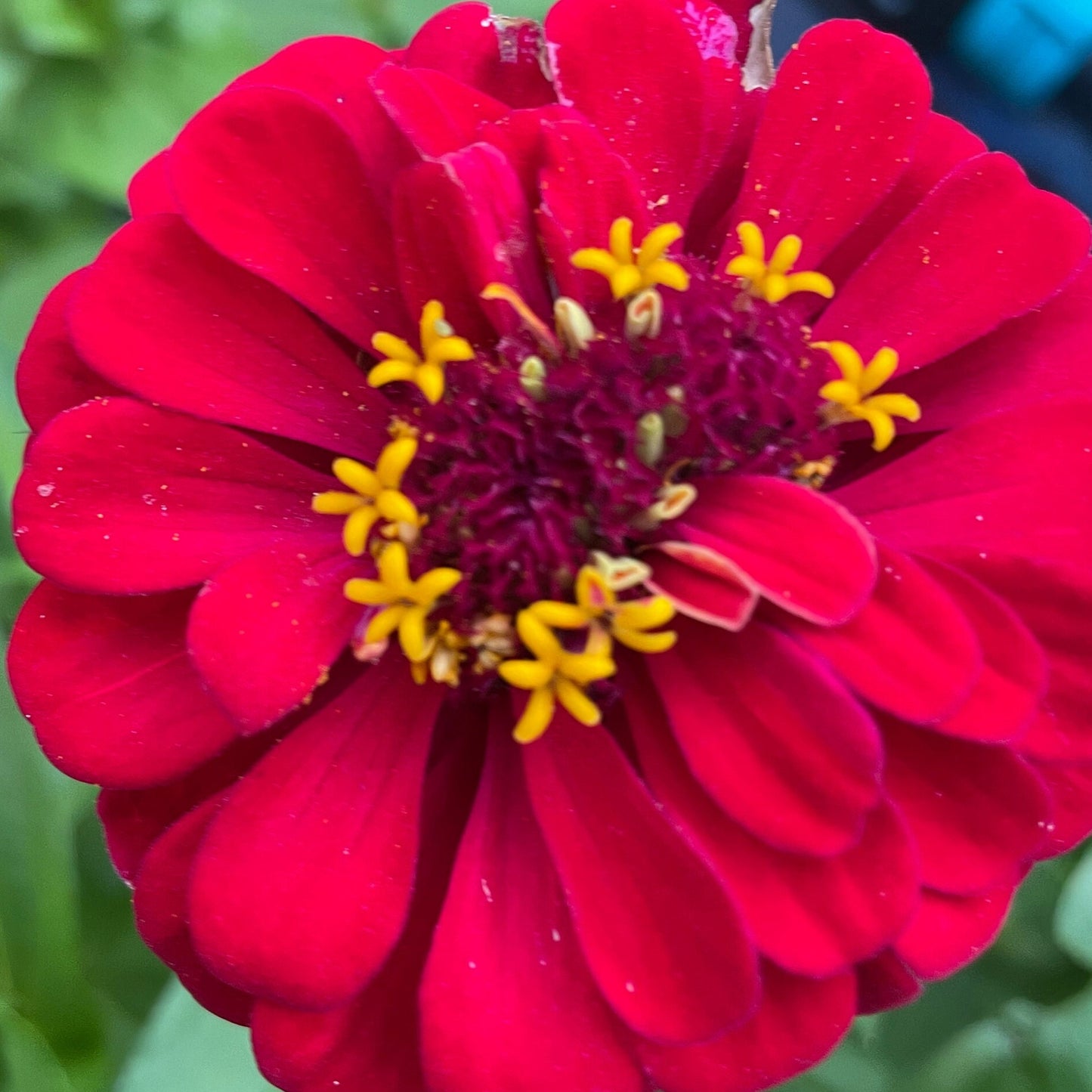
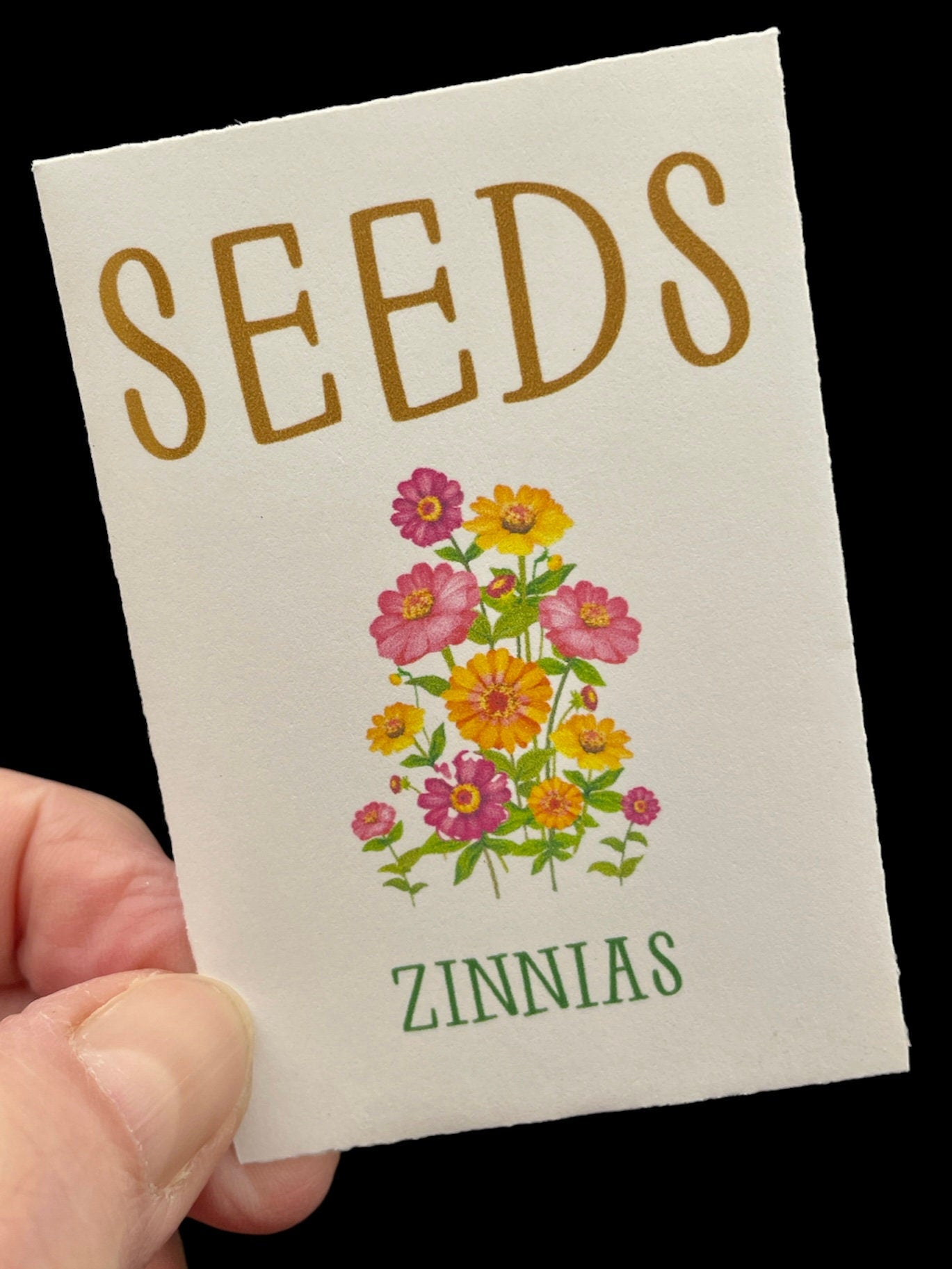

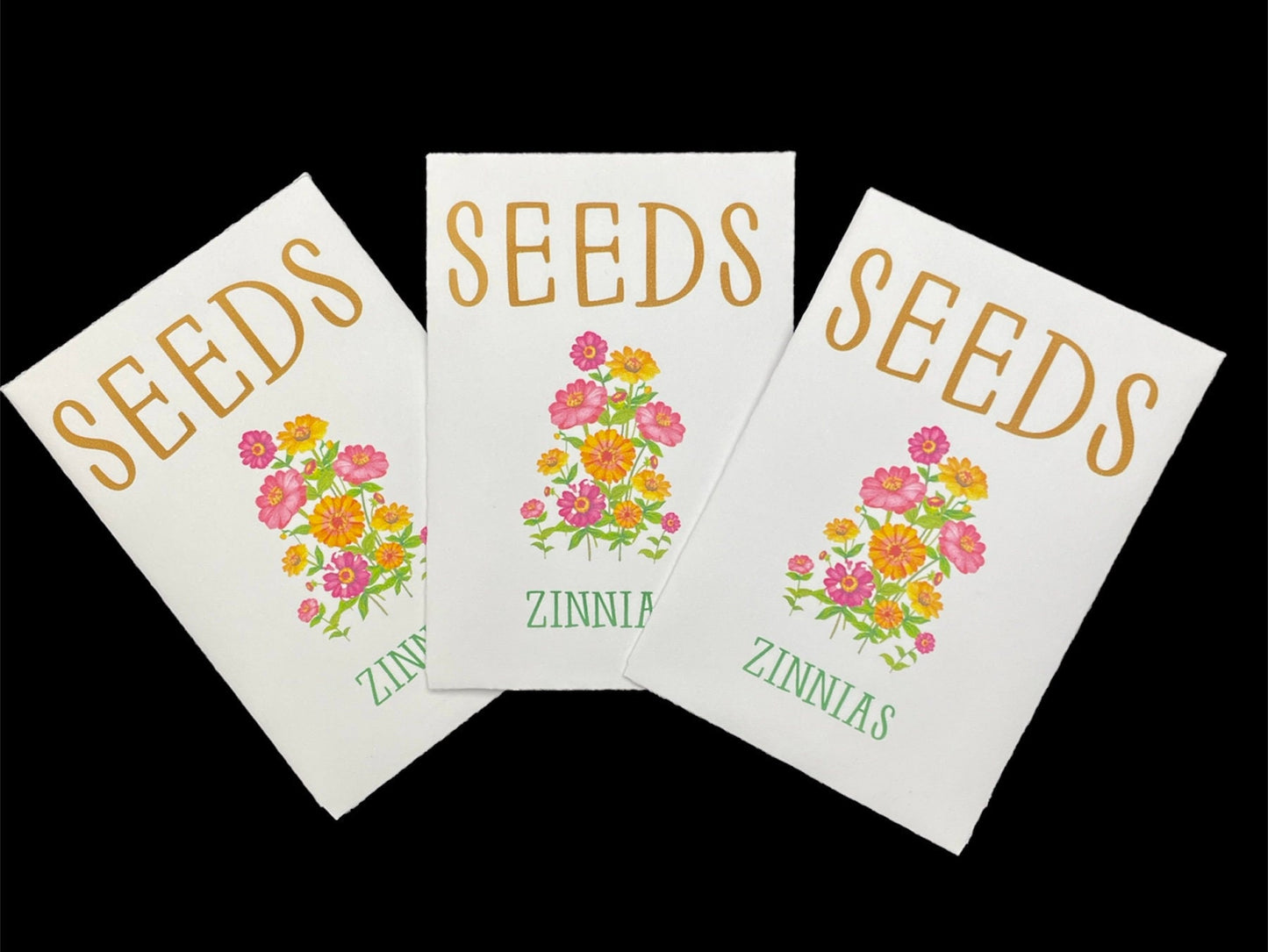
Collapsible content
SHIPPING
Due to regulations our seeds can only be shipped within CANADA. All seeds are shipped regular letter through Canada post. All seed bombs and large packages are shipped with tracking through Canada Post, UPS, Purolator, or Sendle.
All non-seed products can be shipped to the US and Canada.
SUBSCRIBE TO OUR EMAILS
Be the first to know about new collections and exclusive offers.


